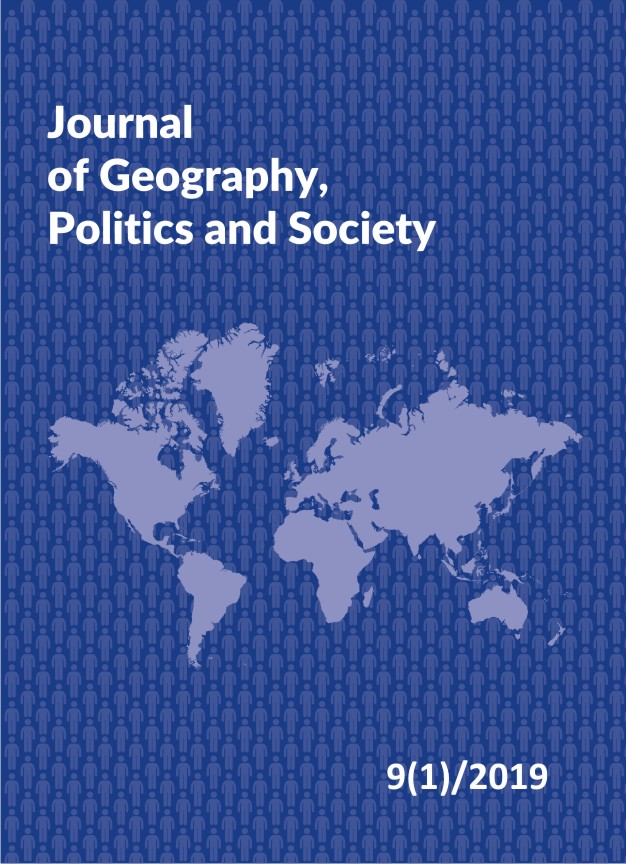Anti-Westernism as a criterion for pretending to be revolutionary in Iran and its application as an effective tool in removing political rivals
DOI:
https://doi.org/10.26881/jpgs.2019.1.06Keywords:
Anti-Western, anti-modernization, Islamic radicalism, theocracy, extremism, holy valuesAbstract
What has been less visible to observers over more than Iran’s thirty years political events or, in other words, what was actually formed the motivation power of government system after the 1979 revolution, was located under the shadow of a vast tree of religion, is a kind of xenophobia and, in its particular form, is anti-Western. It can be argued that the contents, capacity and role of this religion without any “anti-Western” anticipation were useless and deficient to the Iranian Shiite rulers.
The basis of the discussion in this article is the context in which a kind of anti-modernization grew from within and became the dominant discourse of society headed by traditional clergy.
What is being discussed in this article is to fingers on the main stimulus and the central tool of production of legitimacy, and its role and application in conjunction with the political ideology of rule in Iran. In this regard, the present article seeks to explain how this primary stimulus has evolved and how it is used as a political tool but in the form of ideology.
Downloads
References
Abrahamian E., Cronin S., 2004, Reformers and Revolutionaries in Modern Iran, [in:] New perspectives on the Iranian Left, Routledge Curzon, , London – New York, 268–279.
Ankony R.C., Kelley T.M., 1999, The Impact of Perceived Alienation on Police Officers’ Sense of Mastery and Subsequent Motivation for Proactive Enforcement, Policing: An International Journal of Police Strategies & Management, 22(2), 120–132, doi: 10.1108/13639519910271193.
Baker M., Saldanha G., 2009, Routledge Encyclopedia of Translation Studies, Routledge Taylor & Francis Group, London - New York.
Gürbüz M.V., 2003, The Iranian Revolution, Ankara Üniversitesi SBF Dergisi, 58(4), 107–122.
Kinzer S., 2003, All the Shah’s men : an American coup and the roots of Middle East terror, John Wiley & Sons, Hoboken.
Matin-Asgari A., 2012, The Pahlavi Era; Iranian Modernity in Global Context, [in:] The Oxford Handbook of Iranian History”, Oxford University Press, Oxford, 346–364.
Mirsepasse A., 2004, Intellectual Discourse and the Politics of Modernization: Negotiating Modernity in Iran, Cambridge University Press, Cambridge.
Moazami B., 2013, State, Religion, and Revolution in Iran, 1796 to the Present, Palgrave Macmillan, New York.
Richards A., 2003, Socio-Economic Roots of Radicalism? Towards Explanining the Appeal of Islamic Radicals, Strategic Studies Institute, U.S. Army War College, Carlisle.
Thiessen M., 2009, An Island of Stability: The Islamic Revolution of Iran and the Dutch Opinion, Sidestone Press, Leiden.
Trofimov J., 2015, Iran’s Sway Undermined by Sunni-Shiite Split, The Wall Street Journal, July 15, http://www.wsj. com/articles/irans-sway-undermined-by-sunni-shiitesplit-1436982046 (accessed 15 July 2015).
Wright R., 1989, In the Name of God: The Khomeini Decade, Simon and Schuster, New York.

 Academic Scientific Journals
Academic Scientific Journals




